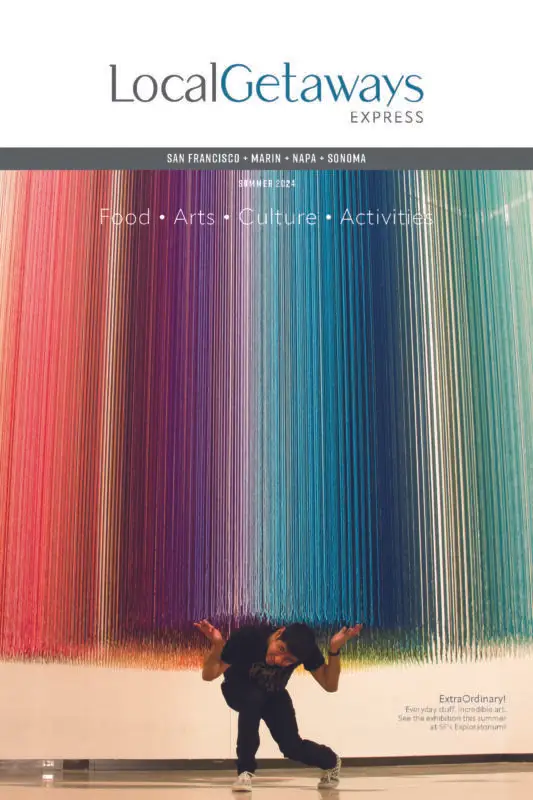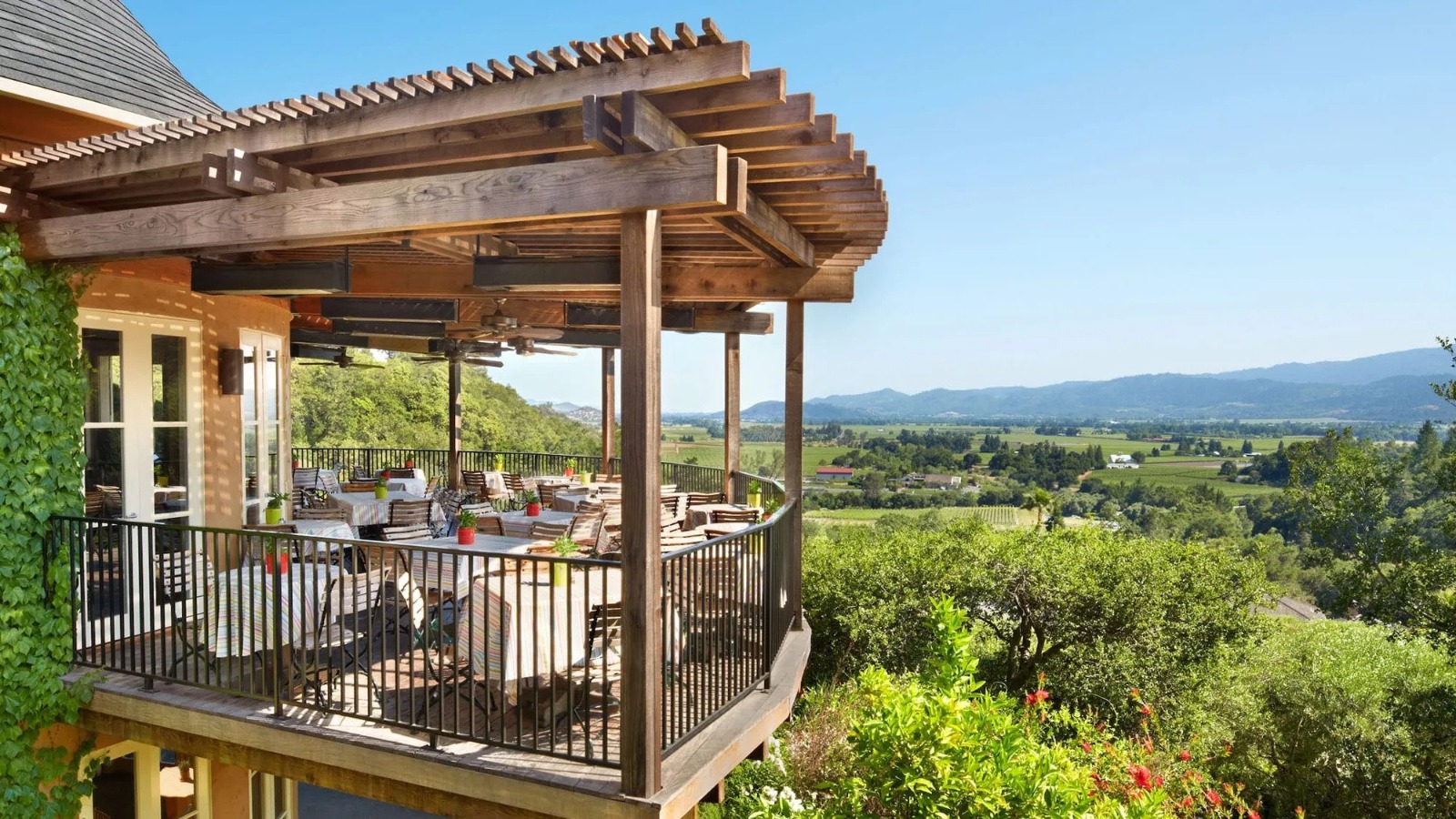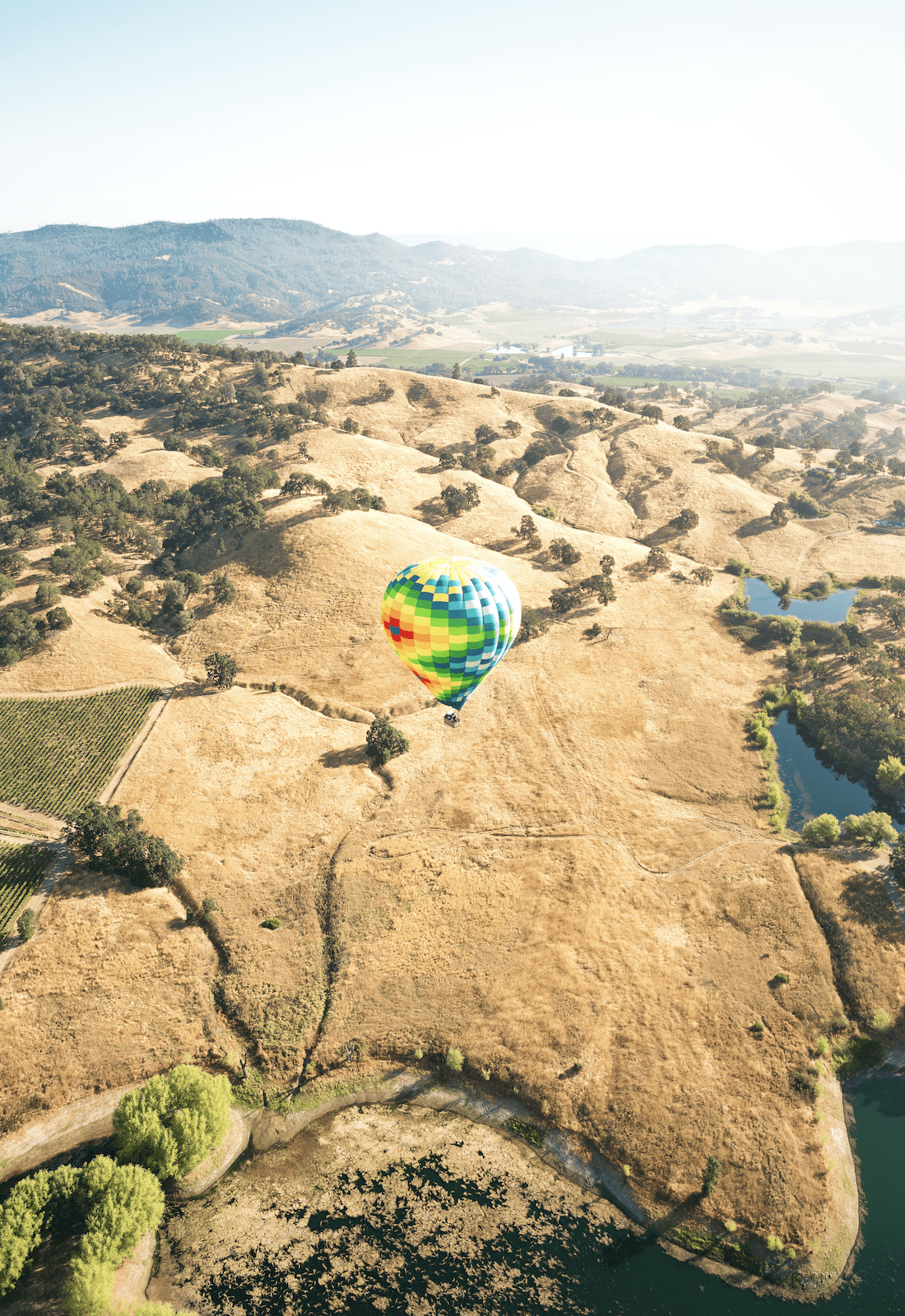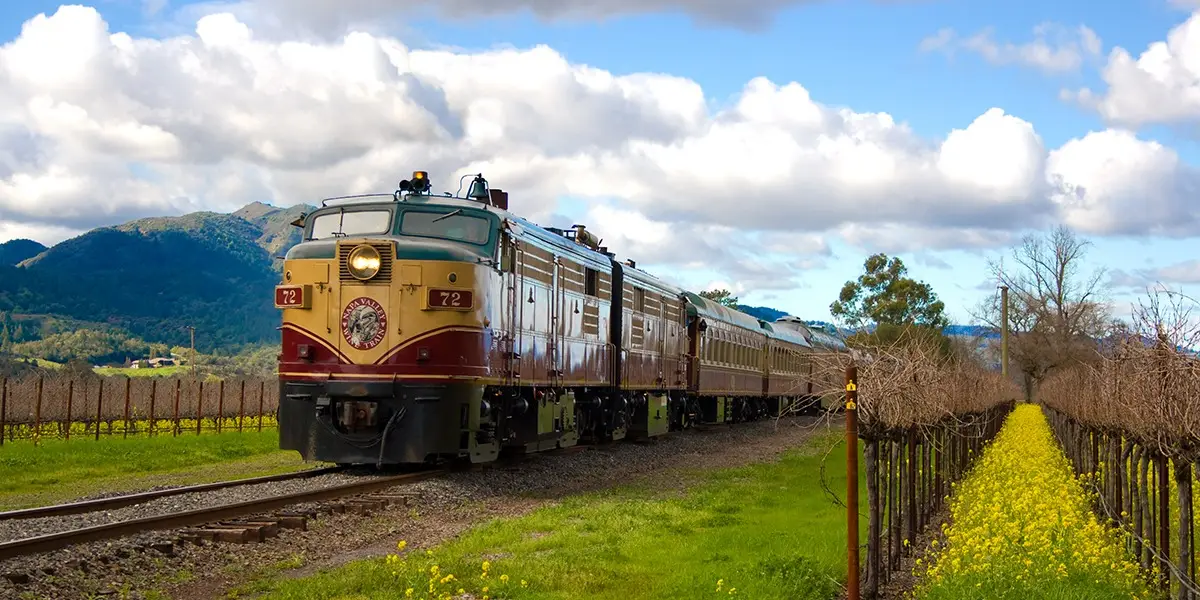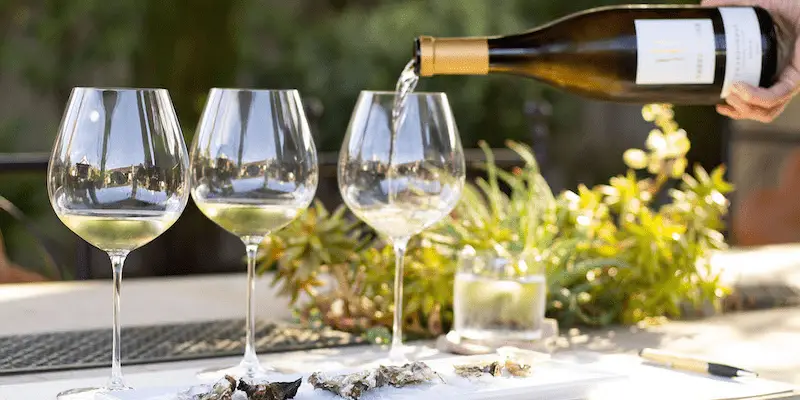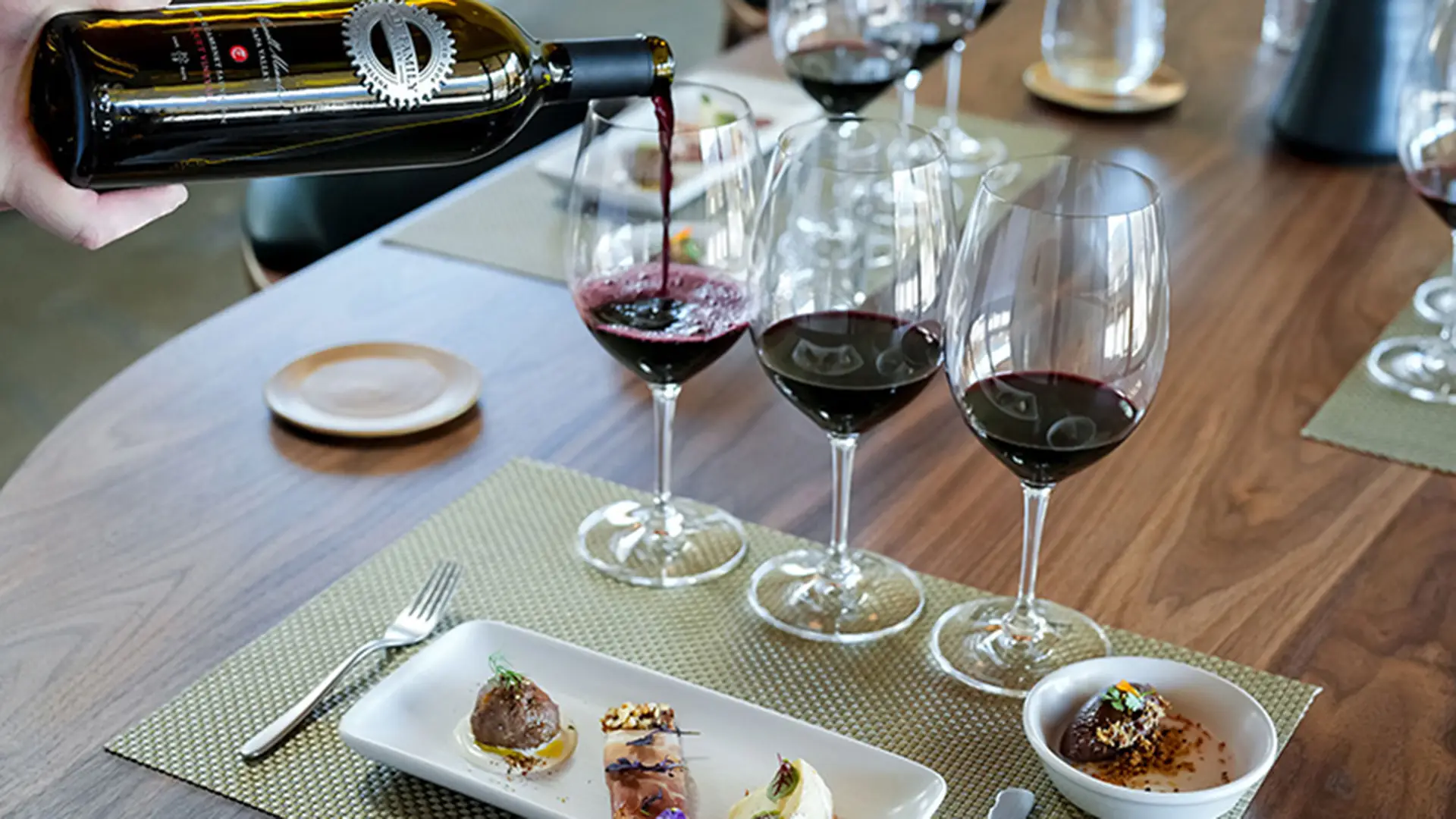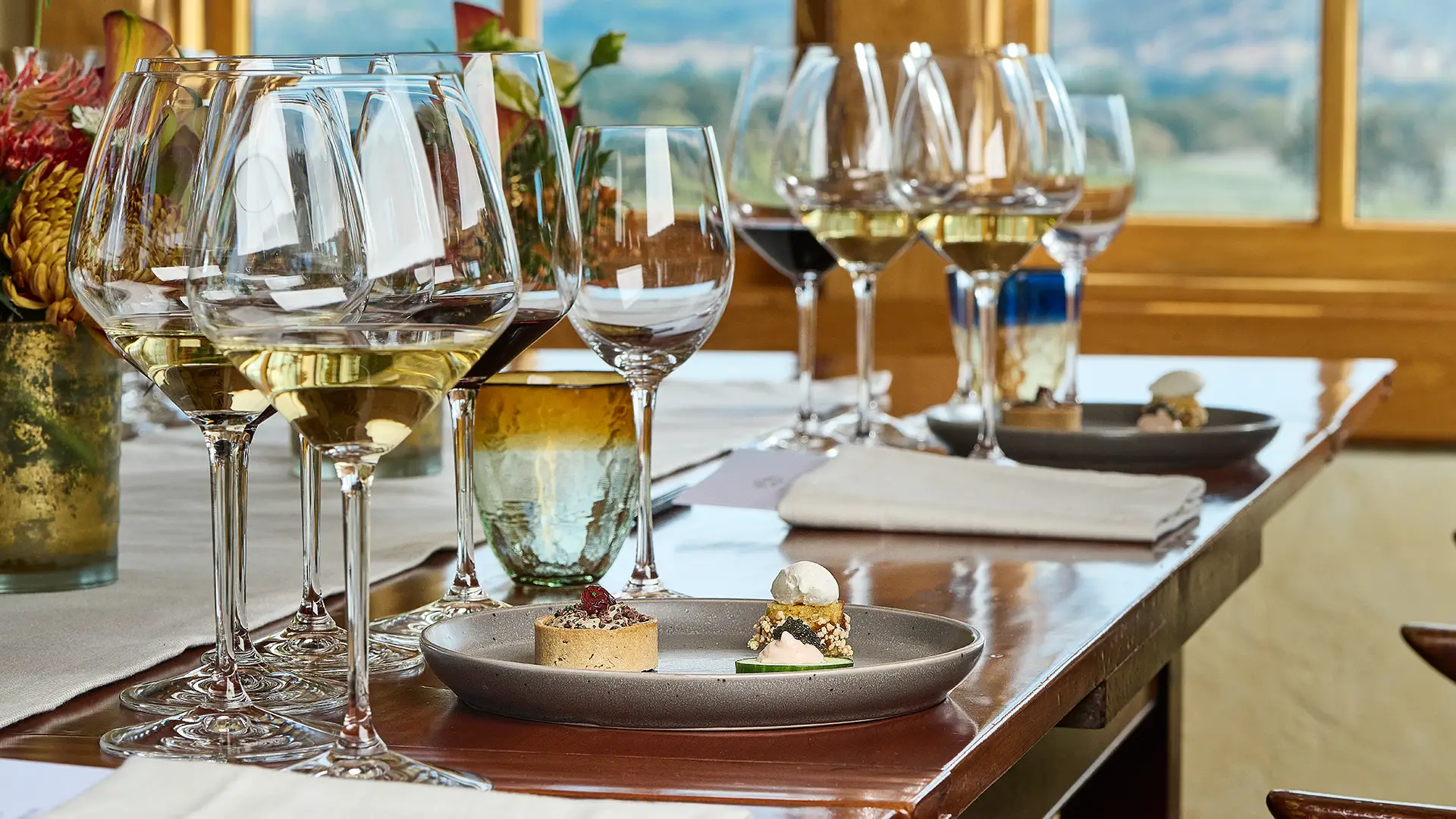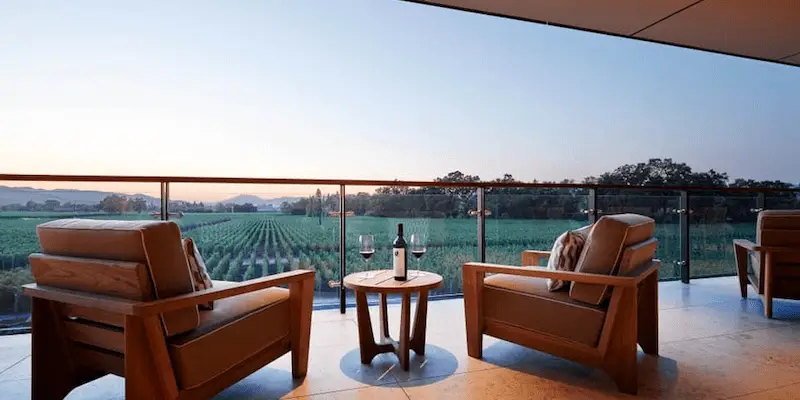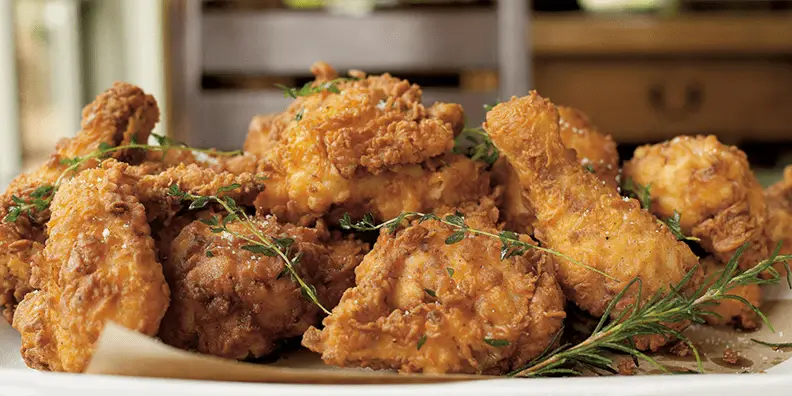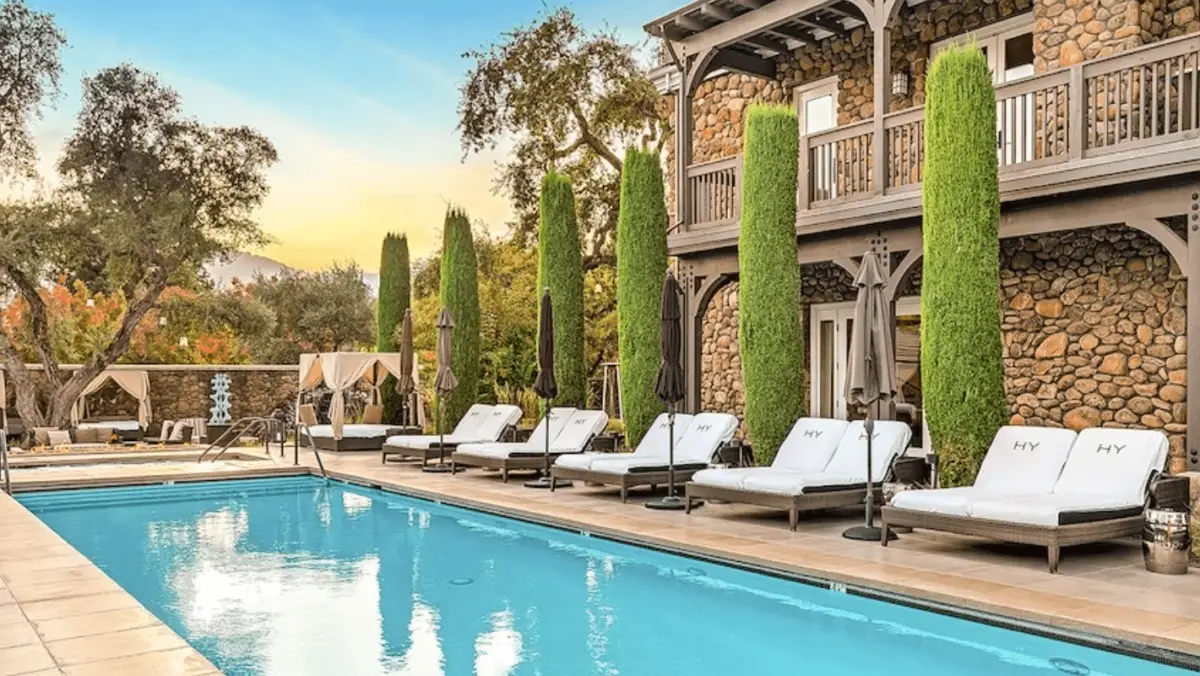Napa Valley
Travel Napa Valley Like a Local
Everything you need to know about visiting Napa Valley, curated by local experts
- Napa Valley is its own AVA — the first one recognized in California and the second in the United States. Within the Napa Valley AVA there are 16 nested AVAs.
- Cabernet Sauvignon is the most popular wine and accounts for 40% of the grapes harvested here.
The feature film Bottle Shock chronicles the “Judgment of Paris,” a 1976 blind wine tasting. The stunning win by Chateau Montelena Chardonnay with “buttery notes and a Smithsonian finish” from an unknown Napa winery put Northern California next to France on the world’s wine map and America’s Wine Country was born.
Napa: Today, though it’s only 70 miles northeast of San Francisco and 789 square miles, the fertile, warmer Napa Valley boasts more than 400 wineries, another 100 urban tasting rooms and over 1,000 brands. Because 95 percent are family-owned, you’ll be warmly welcomed for a half- or full-day visit.
Cabernet Sauvignon, Merlot and Chardonnay are the most popular, but many varietals from A (Albariño) to Z (Zinfandel) can be sampled throughout 18 American Viticulture Areas (AVAs). Tastings can be range from $10 to $50 per person, typically discounted or waived if you buy.
We recommend hiring a limo, taking a tour, or choosing a designated driver for your trip along Highway 29 and The Silverado Trail. It’s not as crowded in May and the “Crush” typically takes place in late fall.
The trendiest stops include Hog Island Oyster Co. at Oxbow Public Market as well as Silverado Resort for golf, tennis and spas (both in Napa); the always-crowded Oakville Grocery; Castello di Amorosa, a 13th-century-style castle (Calistoga); and hot air balloon rides (Napa and Yountville).
Plus, The French Laundry with three Michelin Stars provides an unparalleled culinary experience.
Napa County has a strong viticultural past dating back to 1864 by two founding families, whose names begat the towns of Yountville and Rutherford.


